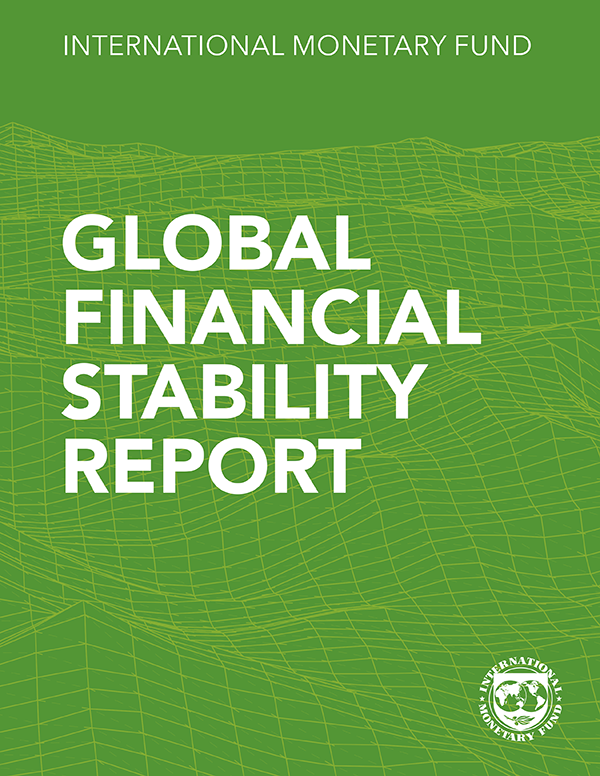Living on the Edge
Sub-Saharan Africa’s recovery has been abruptly interrupted. Last year, activity finally bounced back, lifting GDP growth in 2021 to 4.7 percent. But growth in 2022 is expected to slow sharply by more than 1 percentage point to 3.6 percent, as a worldwide slowdown, tighter global financial conditions, and a dramatic pickup in global inflation spill into a region already wearied by an ongoing series of shocks. Rising food and energy prices are impacting the region’s most vulnerable, and public debt and inflation are at levels not seen in decades. Against this backdrop, and with limited options, many countries find themselves pushed closer to the edge. The near-term outlook is extremely uncertain as the region’s prospects are tied to developments in the global economy and with a number of countries facing difficult sociopolitical and security situations at home. Within this challenging environment, policymakers must confront immediate socioeconomic crises as they arise, while also endeavoring to reduce vulnerabilities to future shocks, building resilience. Ultimately, however, the region’s safety and prosperity will require high-quality growth and the implementation of policies that will set the stage for a sustainable recovery, helping countries move away from the edge.
How to Tackle Rising Inflation in Sub-Saharan Africa
Inflation in sub-Saharan Africa has risen significantly in the past two years. Domestic demand has played a more limited role given the region’s slow recovery. Instead, inflation is mainly driven by external factors, including global commodity prices and disruptions to global supply chains. Tackling inflation while supporting growth and protecting the vulnerable therefore warrants careful and vigilant monetary policy tightening.
Building a More Food-Secure Sub-Saharan Africa
Sub-Saharan Africa is the most food-insecure region in the world. This note examines the drivers of food insecurity in the region and how countries have responded to the recent food and fuel price shocks. It also outlines short and medium-term policies that are needed to build a more food-secure region in future.
Managing Oil Price Uncertainty and the Energy Transition
Volatile oil prices have led to procyclical fiscal policies and slower economic growth in sub-Saharan African oil exporting countries while the green energy transition presents a new challenge. This note analyses historical data, provides estimates of prudential savings needed to insure against future oil price shocks, and discusses policy options to prepare for the energy transition.
Digital Currency Innovations in Sub-Saharan Africa
Sub-Saharan Africa is witnessing a rapid development of digital currencies, and policymakers are weighing the benefits and risks of using these products to deliver financial services. This note discusses three instruments—mobile money, central bank digital currencies (CBDCs), and cryptocurrency.
Publications

-
September 2025
Finance & Development
- Stablecoins and the Future of Finance

-
July 2025
- Global Imbalances in a Shifting World

-
Regional Economic Outlooks
- Latest Issues















